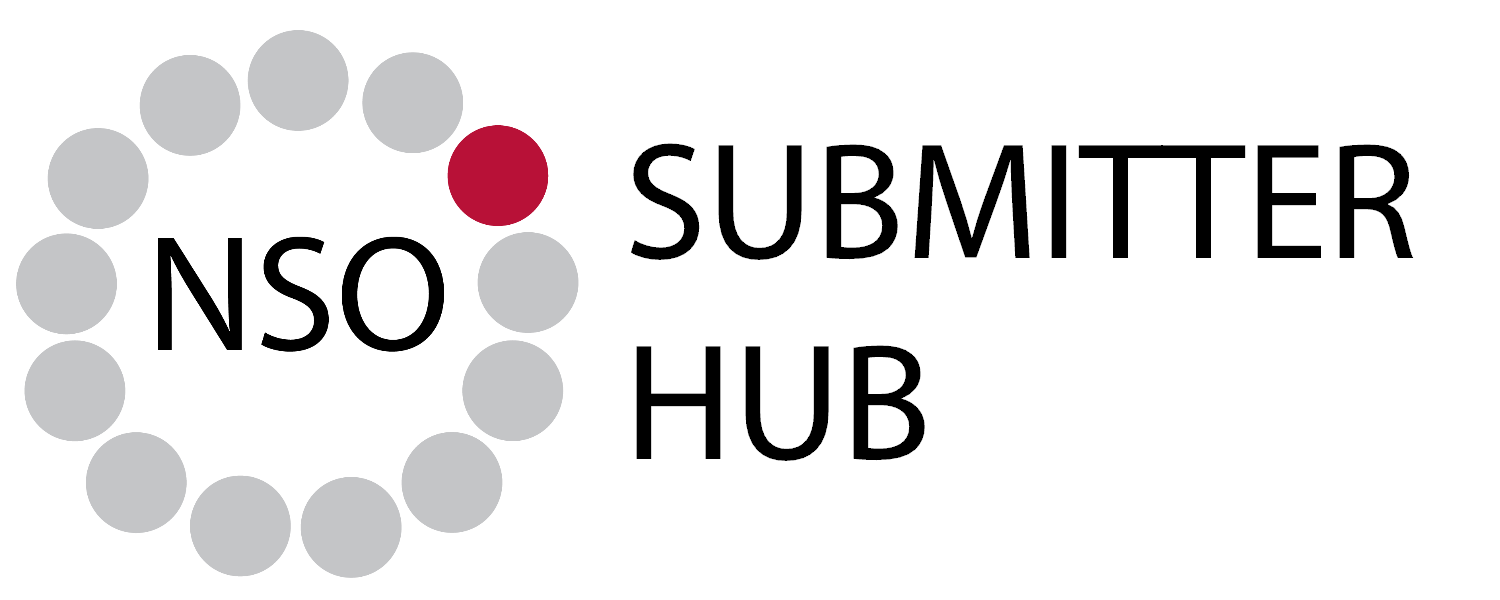Newborn Screening Process
1. Before birth
- Prenatal and newborn care providers should discuss newborn screening with their patients.
- Information about newborn screening should also be discussed with prospective parents in their prenatal education classes.
- To assist with parent education, pamphlets about newborn screening are available in many different languages and can be downloaded from the NSO website.
2. After delivery
- Newborn screening is not mandatory but is standard of care and strongly recommended for all infants.
- It is important that health care providers emphasize to parents/guardians that newborn screening is part of their infant’s routine care and could prevent serious health problems and/or save their infant's life.
- Most parents agree to participate in newborn screening.
- Parents/guardians may choose to decline newborn screening for their infant; you should discuss this decision with them and document this decision in the infant’s medical record. NSO has created a decline form that is a part of the newborn screening requisition. This form is not mandatory but is available for use to assist in documentation.
3. Dried blood spot (DBS) screening
- A DBS sample should be collected between 24-48 hours after birth.
- If tested before 24 hours of age, the test should be repeated within 5 days (e.g. at the first postnatal checkup). DBS are collected by heel-prick; this method is detailed on the back of the newborn screening card.
- The newborn screening card should be fully completed. This information allows NSO to correctly interpret the infant’s results, and, in the event that the infant screens positive for a disease, it will allow the health care providers coordinating follow-up to contact the parents/guardians quickly.
- The parent should be given the parent information sheet that includes a reference number in the top right-hand corner. This is a unique identifier that number can be used to link to the infant’s sample and results.
4. Critical congenital heart disease (CCHD) screening
- Screening for CCHD via pulse oximetry screening should be done between 24-48 hours after birth for well infants, and up to seven days after birth for infants admitted to an NICU.
- The results of the infant’s pulse oximetry screening should be filled out on the newborn screening card and sent to NSO.
5. Biliary atresia (BA) screening
- Parents should screen their infants for pale stools using the Infant Stool Colour Card (ISCC) developed by NSO and available through the birth hospital, birthing centre, or midwifery practice.
- Screening for BA should be carried out at regular diaper changes during the first month of life.
- Parents/guardians should contact NSO if pale stools are identified.
6. Infant hearing screening
- Infant hearing screening is coordinated by the Infant Hearing Program (IHP).
- DBS screening for hearing loss risk factors is performed by NSO in collaboration with the IHP. These results are not included on the standard NSO results report and are instead reported to the IHP as part of infant hearing screening.
Contact Us
Children’s Hospital of Eastern Ontario
415 Smyth Road
Ottawa, Ontario K1H 8M8
Toll-Free: 1-877-627-8330
Local: (613) 738-3222
Fax: (613) 738-0853
Contact NSO
Subscribe to the Submitter Bulletins to stay up to date on the latest newborn screening updates, or submit a question about newborn screening.
